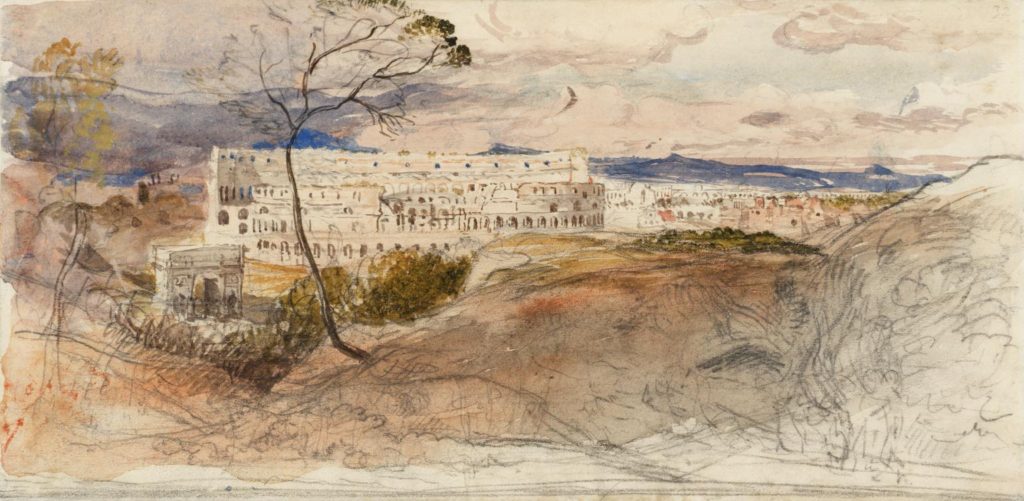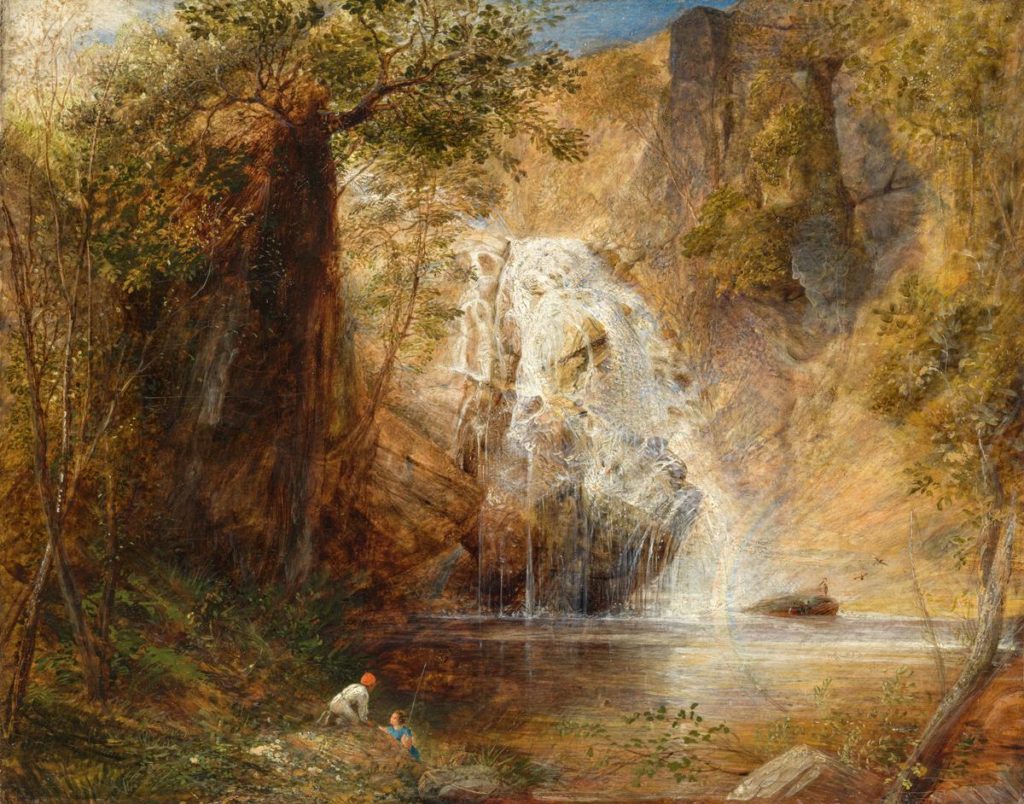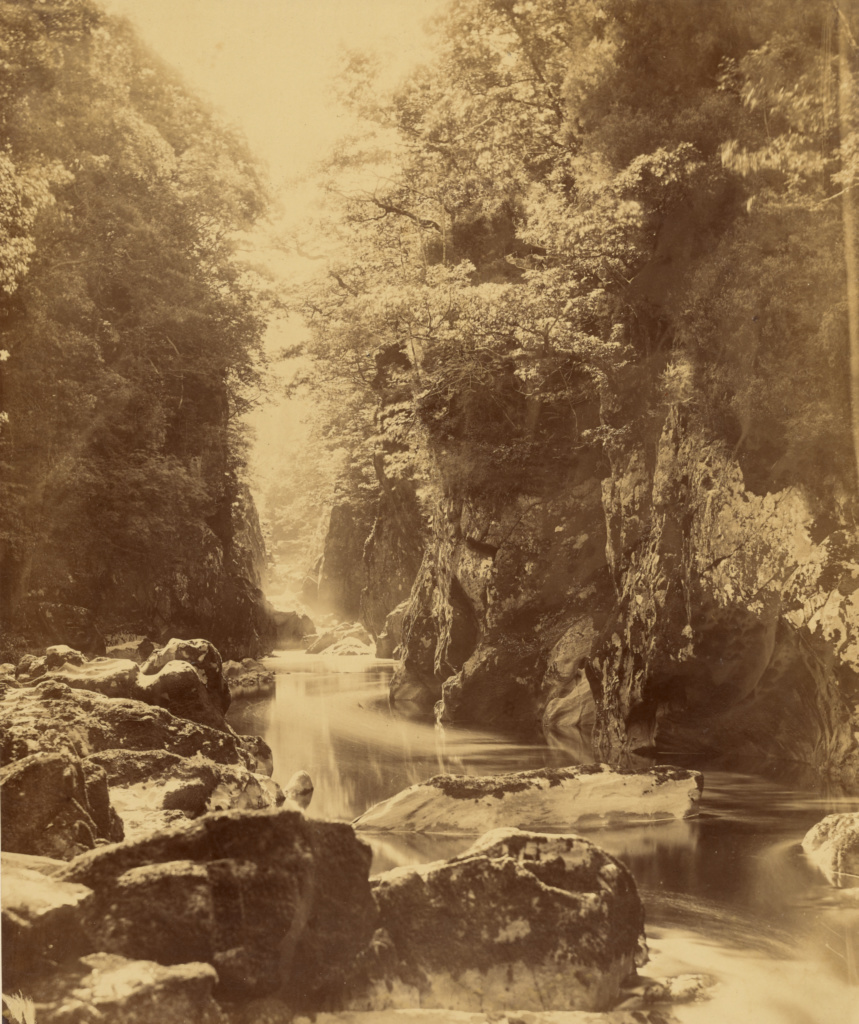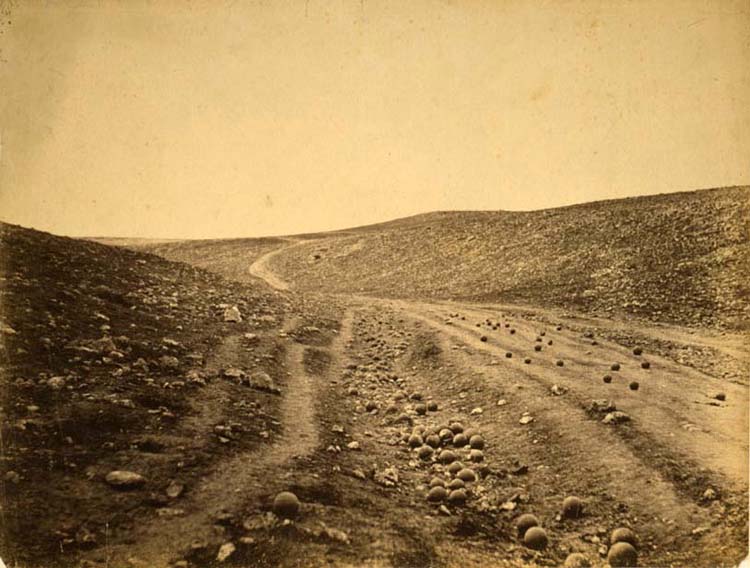The natural beauty of a Welsh river valley inspired the painting of Samuel Palmer, a key figure in Britain’s Romanticist movement, as well as the first great war photographer, Roger Fenton.
SAMUEL PALMER
An English painter and etcher of visionary landscapes, Samuel Palmer created images like:



The third image is this exact Welsh river valley painted by Samuel Palmer, and then later photographed by Roger Fenton that I mentioned earlier. During the 1830s he took trips to Wales, where he saw ‘grand novelties & enlarged the materials of imagination’. He paid his first visit in 1835 with the animal painter Henry Walter. Palmer appears to have made a drawing on the spot of the Pistil Mawddach falls, which lie north of Dolgellau, and then to have worked up both a watercolour and oil painting. This image was reproduced by Roger Fenton almost 20 years later.
ROGER FENTON

Roger Fenton is known as the first great war photographer thanks to his images from the Crimea. He stated that “If your photographs aren’t good enough, you’re not close enough.” So he documented this war up-close and personal, becoming the founding father of the genre. However, his images masked the truth drastically.

This image shows a road littered with cannon balls after a battle. But this road was miles away from the front lines and the cannon balls were in fact collected and arranged to produce this image. It shows that any truth can be hidden within an image, even with paintings. The most common misconception of photography compared to painting is that when a painting is created, it can be considered a lie; its designed to look the way it does not necessarily showing exactly what is there; for example, the image at the bottom of this blog post: “The Haywain” – John Constable (1821). Whereas, photographs are often considered to tell the whole truth as it can’t be changed. But the image prior to the shoot can be in fact altered; and especially with modern technology, images can now be configured however the artist wants them to be.
